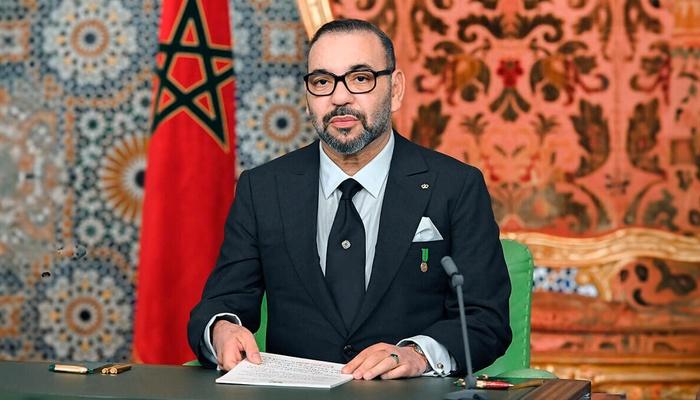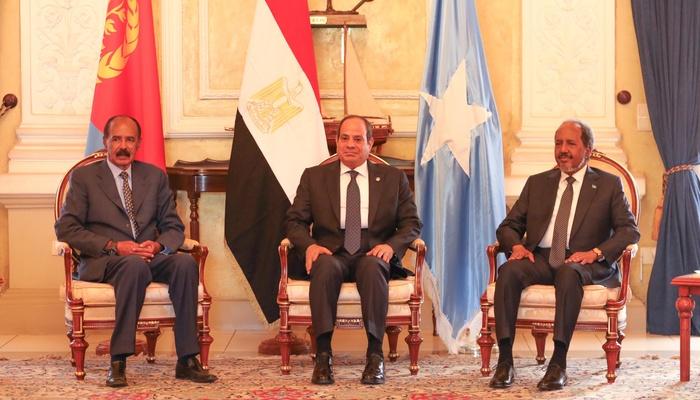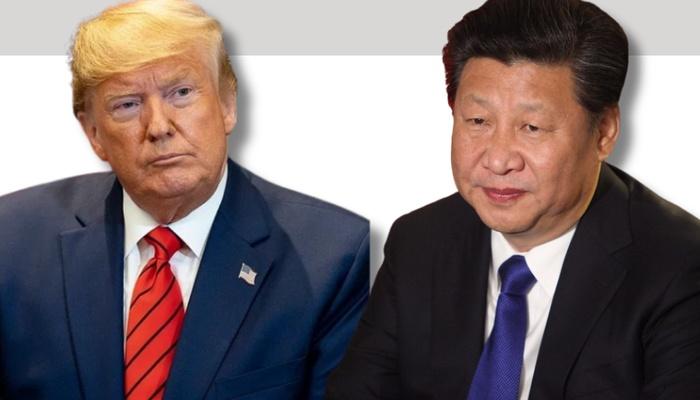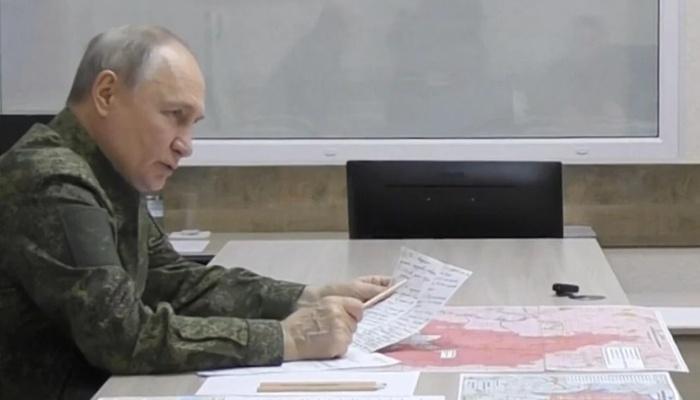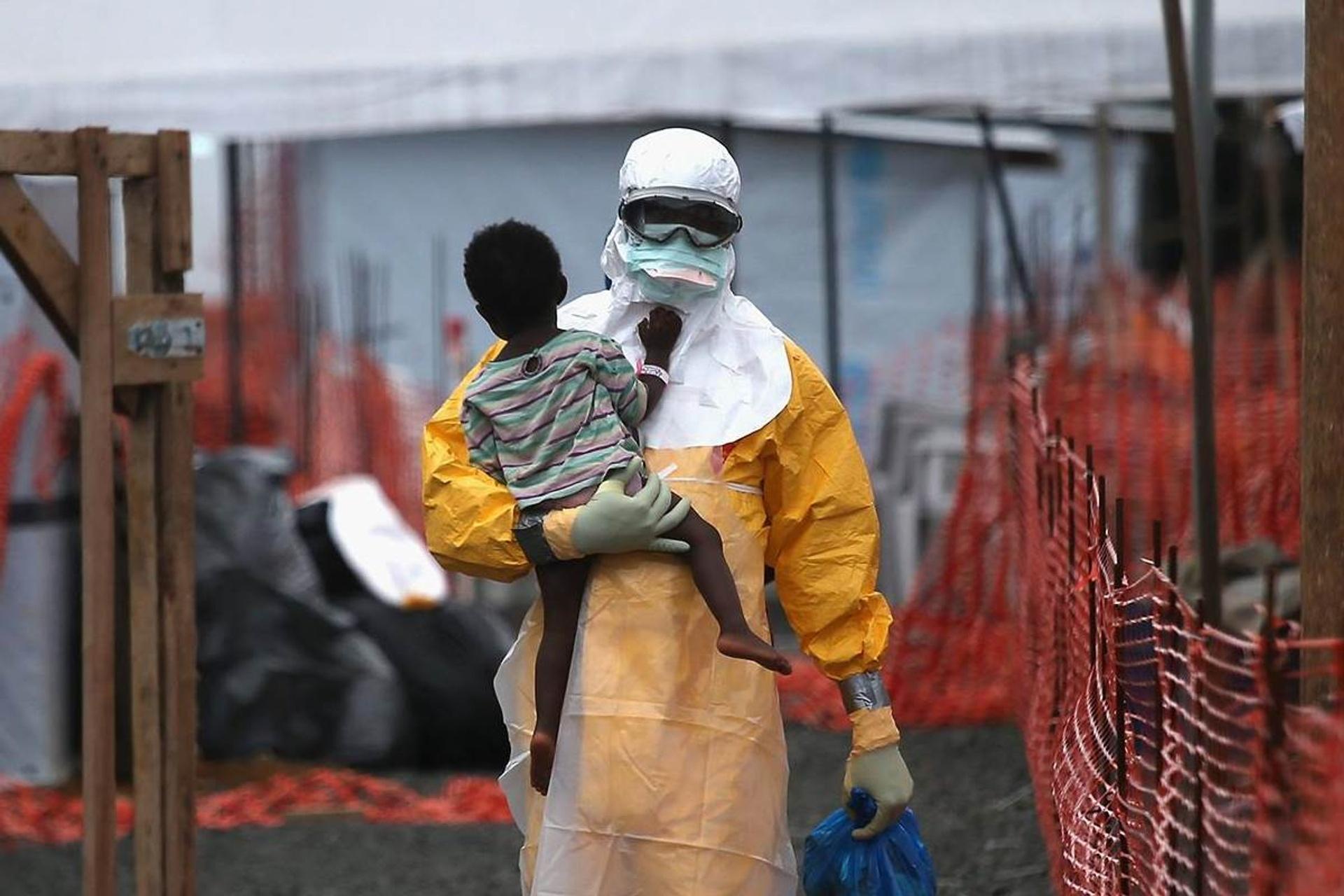The Ebola outbreak in the Democratic Republic of the Congo: humanitarian, security and political impact
The catholic parish of Mangina and the agglomeration of houses of Yambuku are two villages in the north of the Democratic Republic of the Congo (DRC), belonging to the North Kivu and the Mongala provinces, respectively, and being separated by more than 1,000 kilometers of equatorial forest crossed by a few unpaved and muddy roads. They would not have anything else in common, except for the fact that, since August 2018, Mangina is the ground zero of a human outbreak caused by one of the most lethal viruses on Earth. In the history of the country that once was called Zaire, this is the tenth Ebola outbreak since the virus made its first appearance in 1976 in Yambuku, later being baptized with the name of the homonym nearby tributary of the Congo river. Ebola is now raging in 16 different health zones of the North Kivu and Ituri provinces, having already infected - according to a dispatch released by the World Health Organization (WHO) on 17 January 2019 – 663 people including 55 health workers, and caused 407 deaths. New cases are reported every day, more than 50 only in the two past weeks. As is typical for the areas where the virus is endemic, the outbreak containment faces enormous logistical and operational difficulties, either due to the impervious nature of the territory and the poverty of infrastructures, either because of the cultural barriers posed by the tribal structure of a society that, in rural zones, may hinder the implementation of modern health practices. Moreover, of major concern are new elements, thus far not covered by any Ebola crisis and potential prodromes of an epidemiological “perfect storm”, especially for the numbers involved: the Ituri province borders to the north with South Sudan, theater of a civil war with six million children refugees in malnutrition, and to the east with Uganda, whose capital Kampala and its one and a half million inhabitants are only a few hundred kilometers away. The North and South Kivu provinces border to north-east with Uganda and Rwanda, and to south-east with Burundi and Tanzania. Ten million people live in the area affected by the epidemic, one million of which are internally displaced or refugees of the 1994 Rwanda genocide. A multitude in constant motion, often through flimsy borders, which could indirectly contribute to the spread of a virus that is normally transmitted only by direct contact with body fluids. Furthermore, for over ten years the entire region has been in a state of conflict that is estimated to have caused 5 million victims and in which at least seventy different armed factions clash against the regular troops of the government. Never before has Ebola appeared in such a tumultuous scenario, where the effectiveness of the fight against the epidemic is put to the test by the precarious safety conditions in which health workers operate. Yet the quickness and responsiveness of intervention shown up to now by the Ministry of Health in Kinshasa, together with the WHO and other national and international partners, have represented an exemplary model of emergency management: 35,000 people come into contact with infected cases traced, over 8000 laboratory tests and a thousand safe and dignified burial protocols performed, 22 million cross-border travelers subjected to health screening with temperature measurement at 72 different entry points in the country, thousands of “ring” vaccinations accomplished for a total of 57,000 people immunized. The vaccine is named rVSV-ZEBOV and is an experimental therapeutic not yet approved for clinical use. It consists of a modified version of livestock pathogen, the vesicular stomatitis virus, which contains the gene that encodes for an Ebola surface protein capable of stimulating the immune response. It was supplied free by the pharmaceutical company Merck as early as May, during another epidemic in DRC in the Equator province that was caused by an Ebola strain that is genetically different from the one that is currently circulating. In that circumstance, thanks to the quality and timeliness of the deployed personnel, to the resources allocated (2 million dollars were mobilized by the WHO Emergencies Fund in a few hours) and, above all, to the peaceful conditions of the affected area, the emergency was contained in just three months. Unfortunately, only a week after the official conclusion of that epidemic, the new outbreak in Mangina was notified to the Ministry of Health of Kinshasa. At least at the beginning, the leaders of the response task force hoped to be able to extinguish it quickly. Since then, the situation has deteriorated due to the resumption of hostilities by anti-government ethnic militias. On 21 September 2018, the Allied Democratic Forces – National Army for the Liberation of Uganda (ADF-NALU) killed 21 civilians and kidnapped dozens of children in the town of Beni, one of the epicenters of the epidemic. The attack resulted in the evacuation of Ebola treatment centers and the proclamation by the community leaders of a period of mourning and general strike known as ville morte, during which all public health activities were suspended. Military escalation has greatly reduced the mobility of health workers and has instead increased that of internally displaced people. On one hand, this has hindered the identification of new cases, the tracing of their contacts and the execution of the vaccination rings, on the other it could promote the virus spread through infected persons fleeing from the clashes. Since then, attacks by ADF-NALU, Mai Mai ethnic militias and provincial armed gangs have multiplied, causing death among civilians and in the ranks of the Blue Helmets of the United Nations Organization for Stabilization of Congo Mission (MONUSCO) deployed to counter them. To ensure the safety of health personnel operating in conflict zones, the government has considered the use of army escorts, a measure which, however, prevents operators from interacting with members of the various factions with the indispensable attitude of neutrality. Moreover, the presence of regular troops in the wake of health personnel only exacerbates hostile feelings among local communities for the abuses and violence reported in the past. The centers for Ebola treatment and for the prevention and control of infections report, in fact, a progressive increase in high-risk behaviors such as the concealment of an infected relative, the escape from the hospital, the refusal of treatment and the recourse to traditional healers, the refusal to renounce funeral rituals that imply the washing of the deceased and that of safe and dignified burials. To the general mistrust misinformation also adds up, both on good hygiene practices to prevent contagion and on the origin of the disease: Ebola would be the result of an act of witchcraft or the macabre extermination plan perpetrated by the government with the complicity of multinationals and foreign powers. Conspiracy theories, these, that have been evoked even by populist movements in support of some of the 21 presidential candidates for the general elections held in December. To counteract these phenomena, the task force in the field had to adopt a flexible strategy, also made up of expedients, such as moving between villages with private vehicles and without institutional logos, involving local leaders to organize discussion groups and moments of community participation, recruiting Ebola survivors for the execution of diagnostic tests. However, for the first time in an Ebola epidemic, there is also something concrete to offer to the sick. In addition to the rVSV-ZEBOV vaccine, a joint commission of the Congolese Ministry of Health, WHO and its partners have approved a randomized clinical trial for the compassionate use of five experimental drugs. The Remdesivir (GS-5734) of the American Gilead Sciences and the Favipiravir (T-705) of the Japanese Toyama Chemical, which act against a protein of Ebola, namely the RNA-dependent RNA polymerase, which carries out the viral genome replication. The other three are the mAb114 antibody, isolated from an Ebola survivor in 1995 in Zaire and provided by the American National Institute of Health, the Zmapp and the REGN-EB-3 antibody cocktails of the American Mapp Biopharmaceutical and Regeneron Pharmaceuticals, respectively, which are instead directed against the glycoprotein on the surface of the virus that allows Ebola to infect a cell. To date, efforts to stem what stands as the most terrible epidemic that the DRC has known and the second most serious ever in the natural history of the Ebola virus, have cost the government of Kinshasa 20 million dollars. The best estimates indicate that it will probably take another 50 to contain it and prevent the situation from getting out of hand. Fearing a large-scale evolution, the WHO had already appointed a committee on 17 October to assess the declaration of a Public Health Emergency of International Concern (PHEIC), opting finally for not proceeding on this direction. In fact, even if the declaration of a PHEIC would have mobilized a huge volume of resources in terms of both finances, highly qualified personnel and infrastructures, it would have also had the disadvantage of including closure of borders, interruption of flights and trade, thereby further destabilizing the fragile socio-economic situation in the country. At present, probability of contagion spread to a global scale is low, but the risk that the epidemic spreads to other provinces of the DRC or to neighboring countries remains very high, and for this reason the WHO emergency committee reserves to reformulate the risk assessment based on the evolution of the actual scenario. Meanwhile, Uganda has already vaccinated over 2000 front-line health workers in the districts of Kasese, Ntokoro and Bundibugyo at the border with the DRC, and South Sudan is doing the same. Rwanda and Burundi have raised their alert levels and Tanzania has ordered quarantine measures against some irregular migrants. What is most feared is an increase in refugee flows following the possible insurrections that the current political transition could generate. If, on the other hand, the opportunity to hold elections in the current situation has raised quite a few doubts (Liberia itself was forced to postpone its elections during the Ebola outbreak in West Africa), it is also true that, by having them procrastinated several times in the past two years, the outgoing president Joseph Kabila could no longer postpone them, at least not without running the risk of a civil war across the country. The crowding and levels of promiscuity that the call to the polls of millions people inevitably has involved, have imposed the implementation of extraordinary sanitation measures: during the election campaign the visits of the candidates and their rallies in the cities and villages of Ituri and North Kivu were held under a “no touch policy” imposed by the government, which prevented any direct contact with the voters, even a handshake. In addition, hand-washing stations and electronic machines equipped with a touch screen were set up, accompanied by eight tons of disinfectant for cleaning them. Although necessary, these measures were viewed with suspicion by opposition sympathizers - most of whom are based in North Kivu and Ituri - who accused Kabila of driving countermeasures against the epidemic to turn the ballot in his favor. Insinuations, these, inevitably corroborated by a persistent blackout of the Internet and by the decision of the Commission Electoral Nationale Indépendente (CENI) to give rise to the voting operations in the rest of the country on December 30, postponing them instead to March in Beni and Butembo areas for security reasons. In this stronghold of the opposition leader and presidential candidate Martin Fayulu, the reaction did not take long, targeting the infrastructure to combat the epidemic. On December 27th and over the next three days, protesters vandalized a dozen treatment centers for Ebola, burning them and destroying medical equipment. Having become the new target of the anti-government protest, health personnel have been evacuated in part, and those who remained operate under armed escort and in curfew. The situation is also exacerbated by an electoral outcome that strongly opposed local expectations and requests: first poll data in the hands of the CENI would in fact see as the official winner Felix Tshisekedi, another opposition leader now accused of fraud and secret alliance with Kabila. At the time this analysis was being written, the Constitutional Court of Kinshasa was preparing to arrange a new counting of votes in response to the appeal filed by Fayulu and the pressure exerted by the nations of the Southern African Development Community. Tension in the country grows, becoming more and more palpable. Already in December the US embassy in Kinshasa had issued an order of departure for all non-emergency personnel, inviting US citizens to leave the DRC for possible deterioration of security conditions. In the meantime, Ebola tops six hundred infected cases and threatens to arrive at the gates of Goma, the North Kivu capital. We all remember very well when, coming out of the forest to pour into the densely populated urban areas of West Africa, this virus caused thousands of victims and a three-year epidemic. Today we could witness the unprecedented and deadly combination of its complex ecology with a volatile political situation and a civil war potentially incumbent. Time runs fast in this difficult match between Ebola and us, and the virus is ahead for now.
